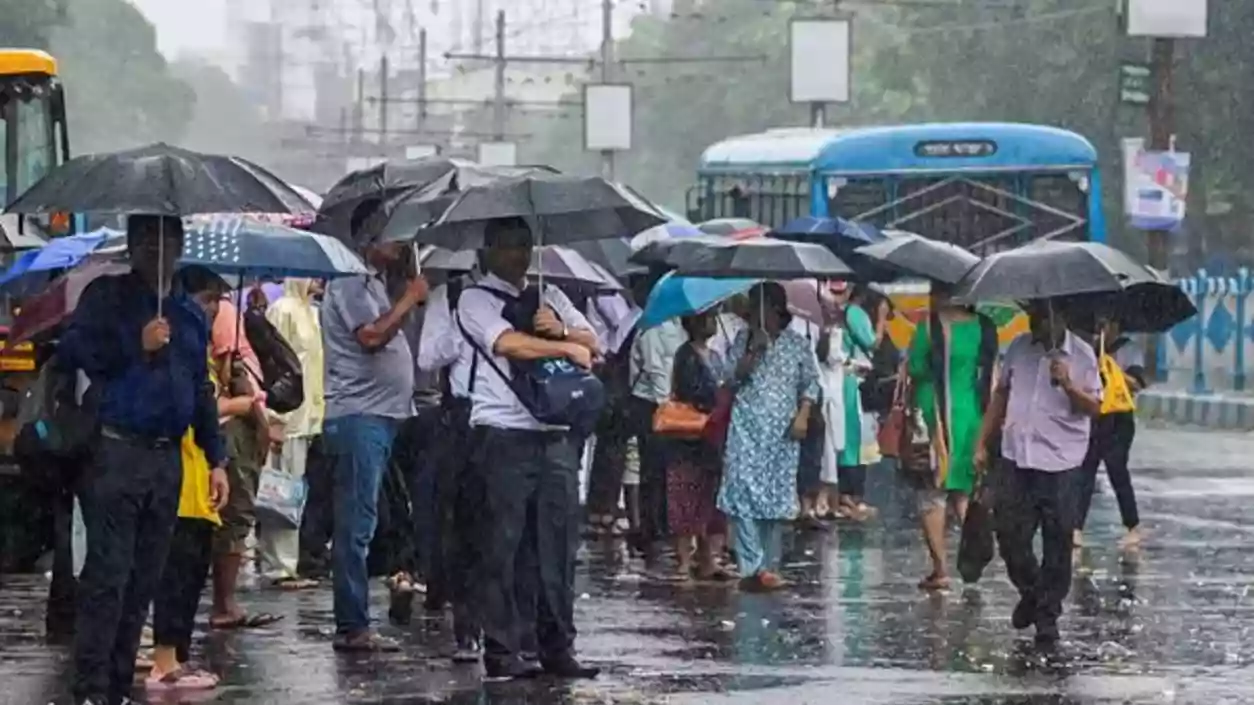Kasba Gangrape: Court sends all 3 accused to 7-day police custody
.gif)
.gif)

South Bengal is set to experience four consecutive days of heavy rain and thunderstorms from Thursday, according to the Alipore Meteorological Department. The forecast predicts widespread showers across most districts, with strong winds, lightning, and hailstorms. Kalbaisakhi, the seasonal Nor'wester storm, may also impact several areas. Weather officials have cautioned about possible disruptions due to intense rainfall and gusty winds.
The first signs of the approaching weather system may appear as early as Wednesday, with thunderstorms expected in western districts such as Bankura, Purulia, Paschim Medinipur, and Jhargram from afternoon to evening. Kolkata’s sky is likely to turn cloudy by Wednesday, followed by increased rainfall intensity from Thursday. The city could see intermittent showers until Saturday, affecting normal conditions.
Thursday is expected to bring the heaviest rainfall in Bankura, Jhargram, Paschim Medinipur, Hooghly, and Purba Bardhaman. Wind speeds may range between 40 and 60 km/h, with a high possibility of hailstorms in multiple districts. By Saturday, rain is forecasted to cover more regions, including Birbhum, Purba Bardhaman, Murshidabad, Nadia, North and South 24 Parganas, and Purba Medinipur.
On Sunday, scattered showers will continue across most districts, gradually decreasing in intensity. However, Monday’s forecast suggests that only Purba Medinipur and South 24 Parganas may experience isolated rainfall. Meanwhile, weather models indicate worsening conditions in North Bengal from Friday, with thunderstorms and heavy rain expected in multiple districts.
The minimum temperature in Kolkata on Wednesday morning was recorded at 24.2°C, while Tuesday’s maximum temperature was 33.4°C. Relative humidity levels are fluctuating between 27% and 89%, adding to weather variations. Authorities have advised residents and farmers to stay updated on weather developments as storms and strong winds could affect daily activities and agriculture in vulnerable areas.